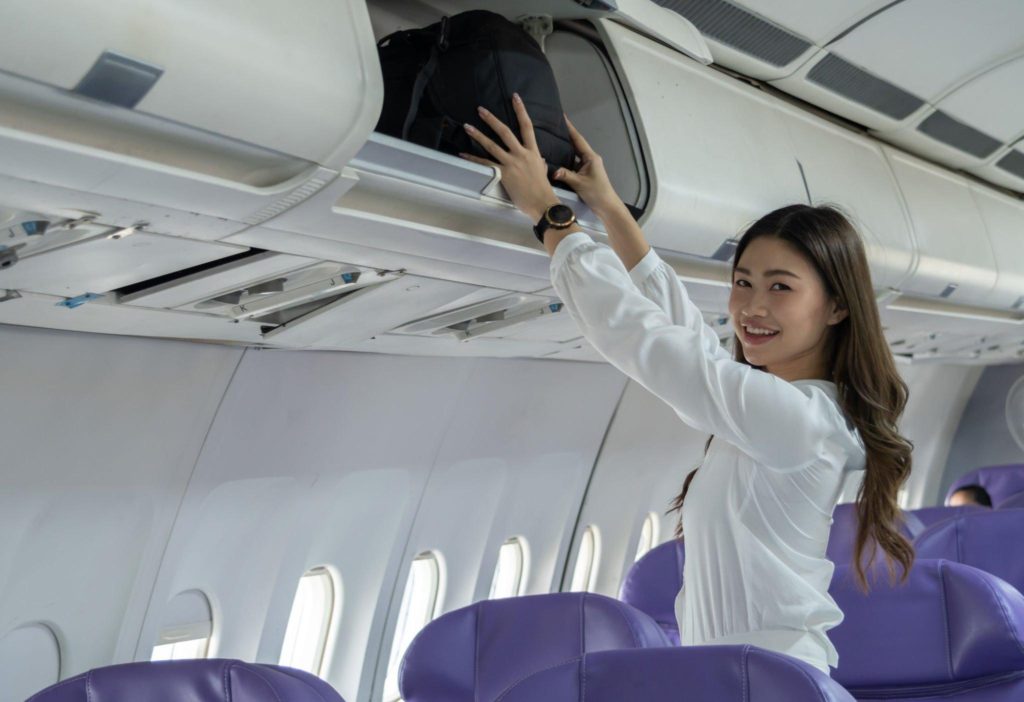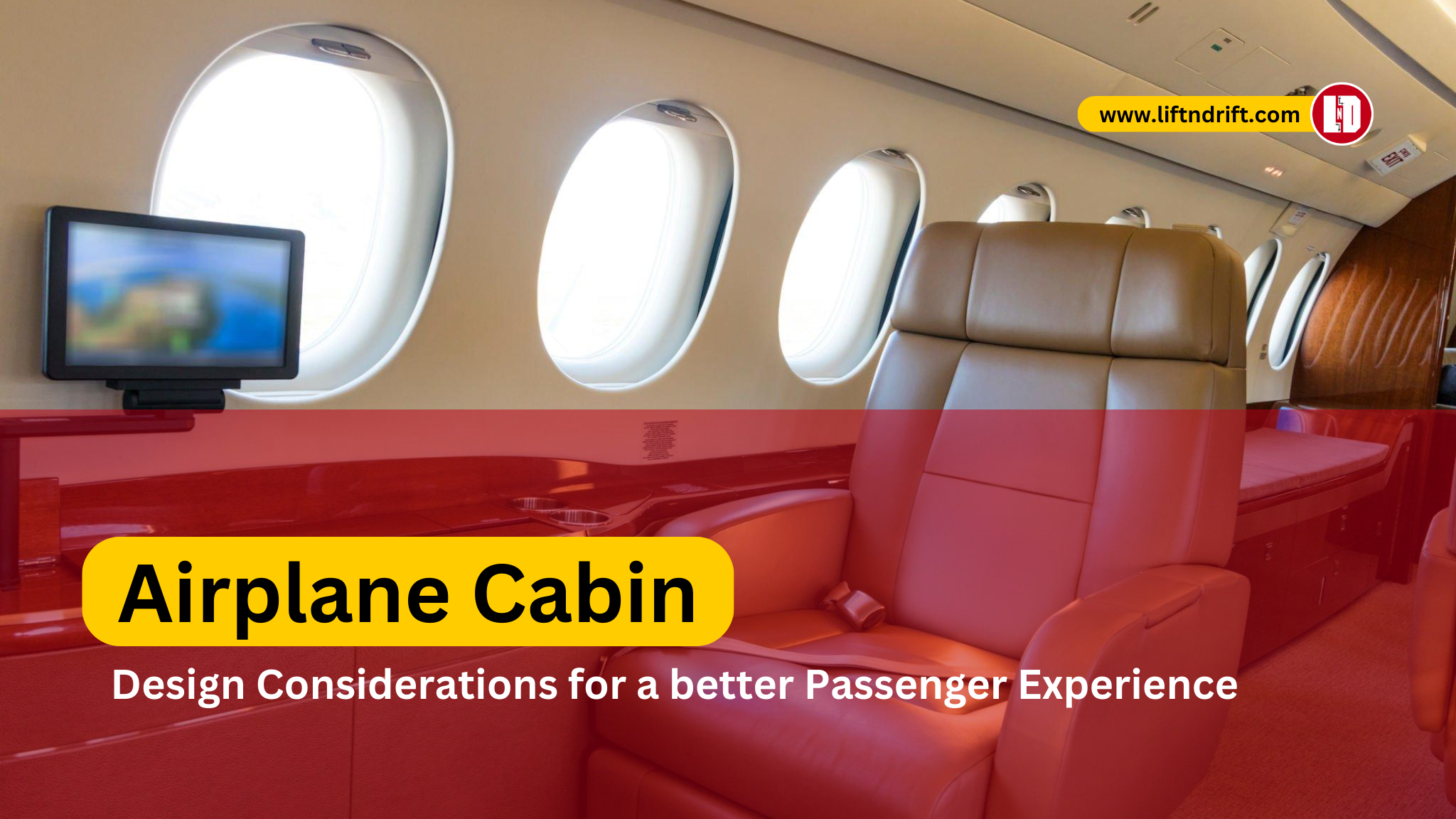The airplane cabin is an integral part of the passenger experience, and its design plays a crucial role in ensuring comfort, safety, and overall satisfaction during a flight. Airlines and aircraft manufacturers carefully consider various factors when designing the cabin to meet the diverse needs of passengers. In this article, we will explore the key design considerations for an optimal airplane cabin experience.

1. Ergonomics and Comfort
One of the primary goals of cabin design is to provide maximum comfort for passengers throughout their journey. Ergonomics plays a vital role in achieving this objective. Seating arrangements, cushioning, and legroom are carefully designed to enhance passenger comfort. The cabin’s layout should allow for easy movement within the space while ensuring that each passenger has sufficient personal space.
Did you know?
The best airplane design is based on careful consideration of aerodynamics, just like the design considerations for an airplane cabin.
2. Lighting and Ambiance
The choice of lighting and ambiance in the cabin significantly impacts the passenger’s mood and well-being. Soft, warm lighting can create a calming effect, while brighter lighting can enhance alertness. Airlines often incorporate mood lighting systems that can be adjusted according to different phases of the flight, such as relaxing warm tones during nighttime flights or energizing cool tones during the day.
3. Noise Reduction for Airplane cabin design
Noise levels in the cabin can be a significant source of discomfort for passengers. Aircraft manufacturers invest in advanced sound insulation materials to minimize external noise. Additionally, the cabin’s design considers the placement of engines, air conditioning systems, and other equipment to minimize noise within the cabin.
4. Air Quality and Circulation
Maintaining good air quality and circulation is essential for passenger comfort and well-being. Cabin air is continually filtered to remove contaminants, and modern aircraft utilize advanced air circulation systems to provide a fresh and comfortable environment throughout the flight. Proper humidity levels are also maintained to prevent the cabin air from becoming too dry, ensuring passenger comfort.
5. Storage Space: Efficient Airplane cabin design
A well-designed cabin should provide ample storage options for passengers to stow their personal belongings conveniently. Overhead compartments, seat-back pockets, and under-seat storage are optimized to accommodate various items such as carry-on luggage, personal devices, and travel essentials. Sufficient storage space helps passengers keep their immediate surroundings organized and clutter-free.
6. Accessibility
Ensuring accessibility for passengers with disabilities or reduced mobility is a critical consideration in cabin design. Airlines strive to provide accessible seating options, lavatories, and easy maneuverability within the cabin. The design incorporates features such as wider aisles, removable armrests, and priority seating areas to accommodate the needs of all passengers.
The design considerations mentioned above ensure that passengers have a comfortable and enjoyable experience inside an airplane cabin. Airlines and aircraft manufacturers continue to innovate and improve cabin designs to meet the evolving expectations of passengers. By addressing ergonomics, lighting, noise reduction, air quality, storage, and accessibility, airlines can create an environment that enhances the overall passenger experience.
So the next time you board a flight, take a moment to appreciate the thoughtful design that goes into making your journey as pleasant as possible. Safe travels and happy flying!
Frequently Asked Questions (FAQs) from our previous blogs
Making a paper airplane is a fun and creative activity. Follow these steps to create a basic paper airplane design:
1. Take a rectangular sheet of paper.
2. Fold the paper in half lengthwise.
3. Unfold the paper, then fold the top edges down to meet the center crease.
4. Fold the newly formed top triangle down along the center crease.
5. Fold the wings down, aligning them with the bottom edge of the plane.
6. Adjust the wings for desired flight characteristics.
7. Your paper airplane is ready to fly!
For more advanced paper airplane designs and instructions, check out Liftndrift, a website dedicated to paper airplanes.
The world of paper airplanes offers a variety of designs for achieving impressive flight distances. One popular design is the Nakamura Dart, known for its simplicity and long-distance flights. It’s always exciting to experiment with different designs and find the one that works best for you!
Absolutely! If you’re new to making paper airplanes, don’t worry. There are numerous beginner-friendly designs available. Check out Liftndrift’s paper airplane for beginners guide, which provides step-by-step instructions for easy-to-make airplanes that anyone can enjoy.
Yes, with the right design and technique, paper airplanes can fly impressive distances. The best paper airplane for distance incorporates aerodynamic principles and careful folding techniques to achieve longer flights. Give it a try, and you might be amazed at how far your paper airplane can go!
Absolutely! Making and flying paper airplanes can be a fantastic activity for children. Liftndrift provides a wide range of paper airplanes for kids with easy folding instructions and fun designs. It’s a great way to introduce children to aviation and foster their creativity.

